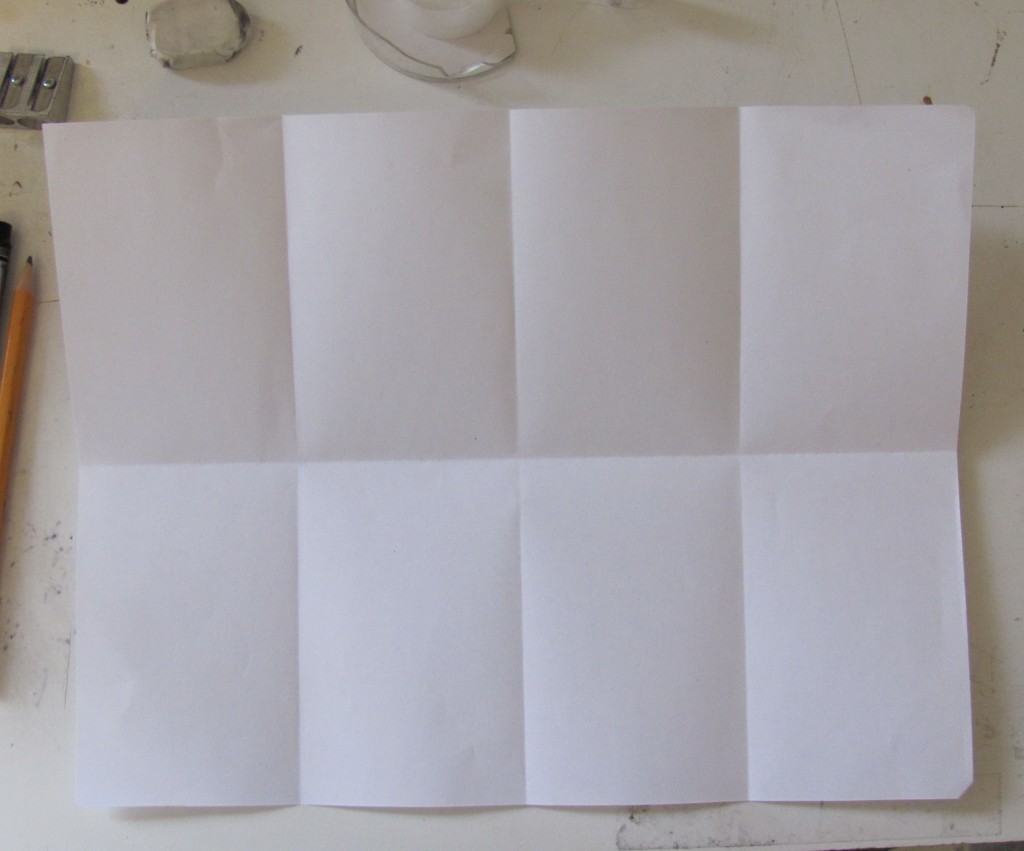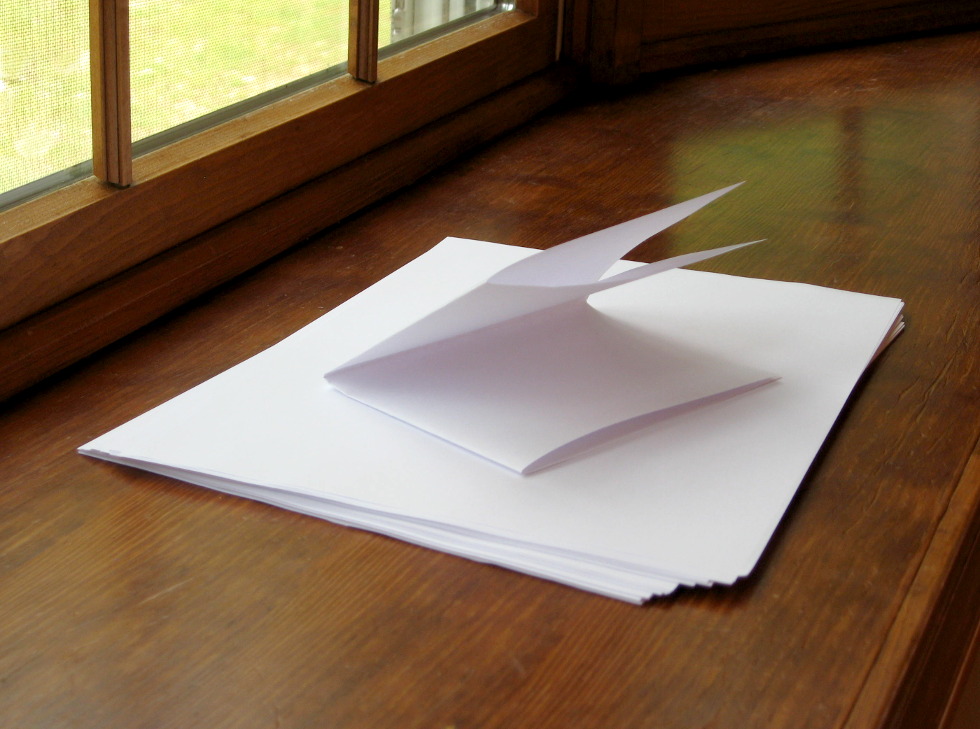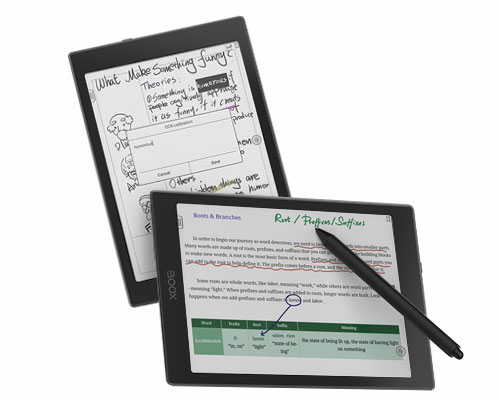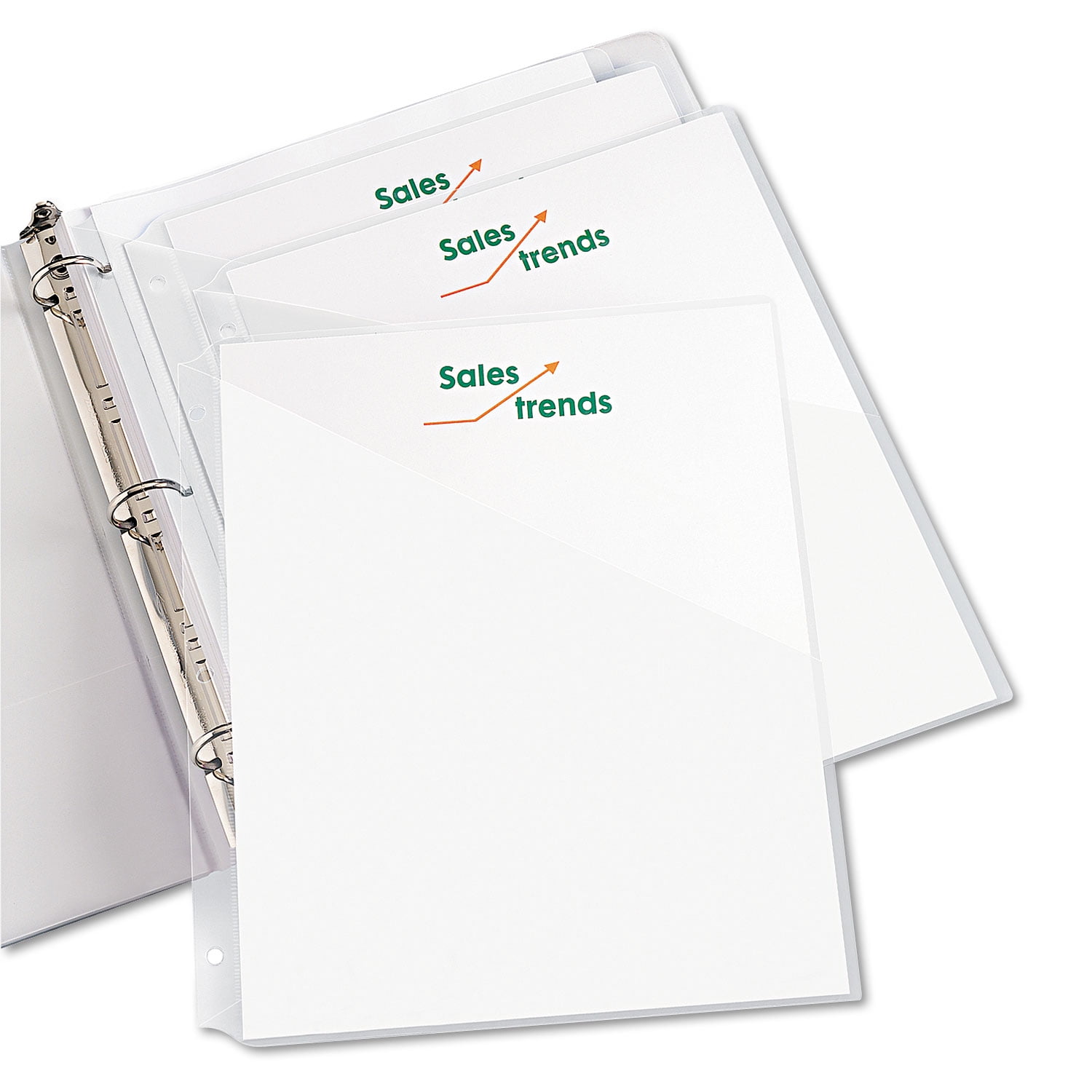I always have a folded white sheet of paper

& one of these pens

in my pocket ![]() … and use my phone’s camera to digitize important bits with Google Keep(new note with image|grab image text) → obsidian OR Avery clear pockets & folder
… and use my phone’s camera to digitize important bits with Google Keep(new note with image|grab image text) → obsidian OR Avery clear pockets & folder
UPDATE: usage explanation …
sections
The picture shows the 8.5"x11" paper with 8 sections unfolded.
In practice however it is always folded(and held together by the pen’s clip when in my pocket) into a section size …
generally …
4.25"x5.5" → Left & Right 2x2 = 4 writing areas(8 incl. back of paper)

[similar to Index Cards 4"x6" OR Boox Nova Air 2 7.8" e-ink writing area 4.64"x6.24"]

sometimes smaller …
4.25"x2.75" → Left & Right 4x2 = 8 writing areas(16 incl. back of paper)[shown in original picture above]
rarely even smaller …
2.125"x2.75-> Left & Right 8x2 = 16 writing areas(32 incl. back of paper)
usage
generally:
mini mind maps … DO, BUY, RESEARCH,VIDEO, AUDIO, READ, etc.
sometimes (held longwise like portrait):
indented list
vocabulary language practice
colours
black: normal, regular use, (or to black out)
blue: to distinguish, emphasize, a heading or to group
green: todo, act
red: important, attention, wrong
… I’ve also started using School Smart Mini Composition Book, 3-1/4 x 4-1/2 Inches

